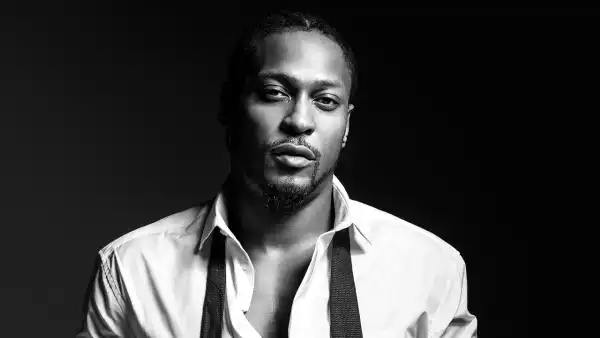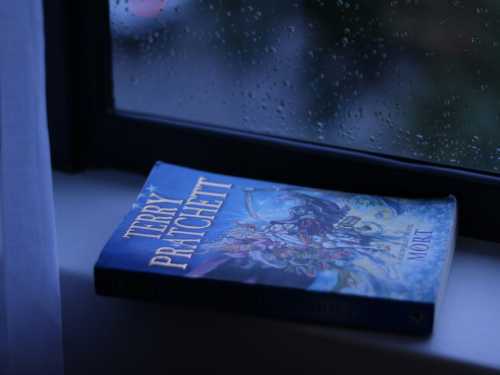
I recently heard a remix of “Famous,” by the Moroccan-American artist
French Montana, on the radio station Hot 97, here in New York. Montana’s
song, which has been out since last summer, is a light dancehall bop in
the vein of Drake’s “Views”—a plea to resist the trappings of fame for
the sake of a relationship. The remix adds a soft verse from Tina
Pinnock, the rising dancehall artist, from the Bronx by way of Portmore,
Jamaica, who performs under the name HoodCelebrityy. With her guest
appearance, she dismisses his insecurities: “Stop complain and mek we
live it up,” she sings. “Can’t deal with the fame? Baby, then give it
up.” HoodCelebrityy isn’t slowing down, she insists, even if Montana
begs for the rest of the track. How could she stay home with a name that
great?
Artists outside of Jamaica are creating a growing portion of the
dancehall heard around the world today. Exported from Jamaica since the
nineteen-eighties, the sweltering street music has seeped into the local
sounds in London, New York City, and Toronto, where clusters of
second-generation fans seek out new dubs to play at parties. In London,
local hits, such as E. Mak’s
“Yo” and Lotto Boyzz’s
“Plantain & Dumplin,”
play off the sounds of early-aughts dancehall, with savvy new slang and
inside jokes. Stefflon Don, who was born in Birmingham, England, sings
somewhere between Rihanna and Spice, picking up exactly where Nicki
Minaj’s remix of “Hold Yuh,” by the Jamaican artist Gyptian, left off.
The Toronto comedian Papi Tré’s brilliant dancehall parody of
“Magnolia” is one of my
favorite songs right now, and it isn’t even a real song. And, so far,
HoodCelebrityy’s new single, “Walking
Trophy,” is New York’s
best addition to the bunch. Over steel drum-pads, she spins an ode to
glowing skin and tight jeans (in a word, confidence), with an ear for
melody and delivery on par with Vybz Kartel. The lyrics read like she
ghostwrote them for a male artist and then decided to just do the job
herself.
Like film studios, record labels know that worldwide consumers make the
difference between a minor and major hit. Most of these
second-generation dancehall tracks gain popularity on YouTube, where
dedicated channels like G.R.M. Daily churn out videos from local
artists, betting that a handful of clips will blow up. The average
Stefflon single has millions of YouTube plays, and she recently linked
up with Kevin (Coach K) Lee, the Atlanta music manager behind Migos and
Gucci Mane, to guide and develop her career in the States. Nigerian
artists have long recognized dancehall as a potent tool to give the
Afrobeat sound more global appeal; Burna Boy is the country’s standout
star, and he recently released a two-part
video for
a pair of dancehall singles with London’s Lily Allen and J Hus.
Although Jamaica-based artists like Popcaan, Masicka, and Alkaline have
provided a steady stream of excellent homegrown records in recent years,
and music’s borders have been opened through streaming apps, red-tape
and visa issues are increasingly stalling out the careers of promising
dancehall artists. In 2016, the music distributor Johnny Wonder argued
that in order for Jamaican acts to compete globally, they need the
support of radio abroad. “For a song to get added to a Hot 97 or a Power
105,” he told the Jamaica Gleaner, “the artist has to be able to
travel to the U.S. and promote the song for the station. They are going
to expect you to do jingles and perform at their events, but the artists
cannot travel, so that is one of the reasons why some of our top artists
don’t get added.” The void left in their absence has put cities in
musical dialogue with one another for the first time, realizing their
local movements were in sync all the while.
Sourse: newyorker.com






